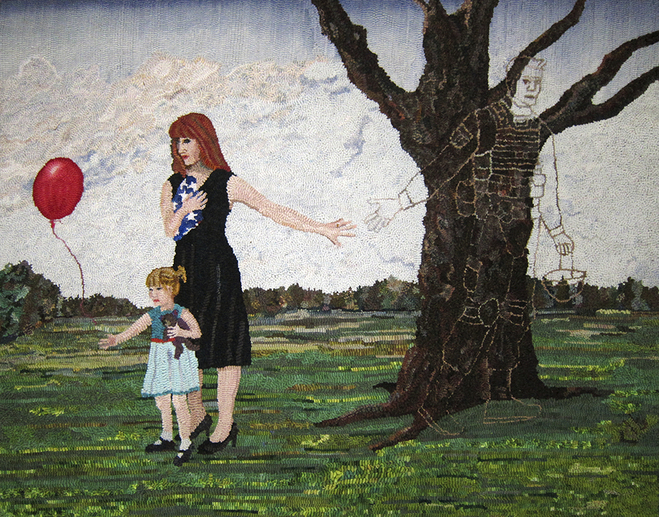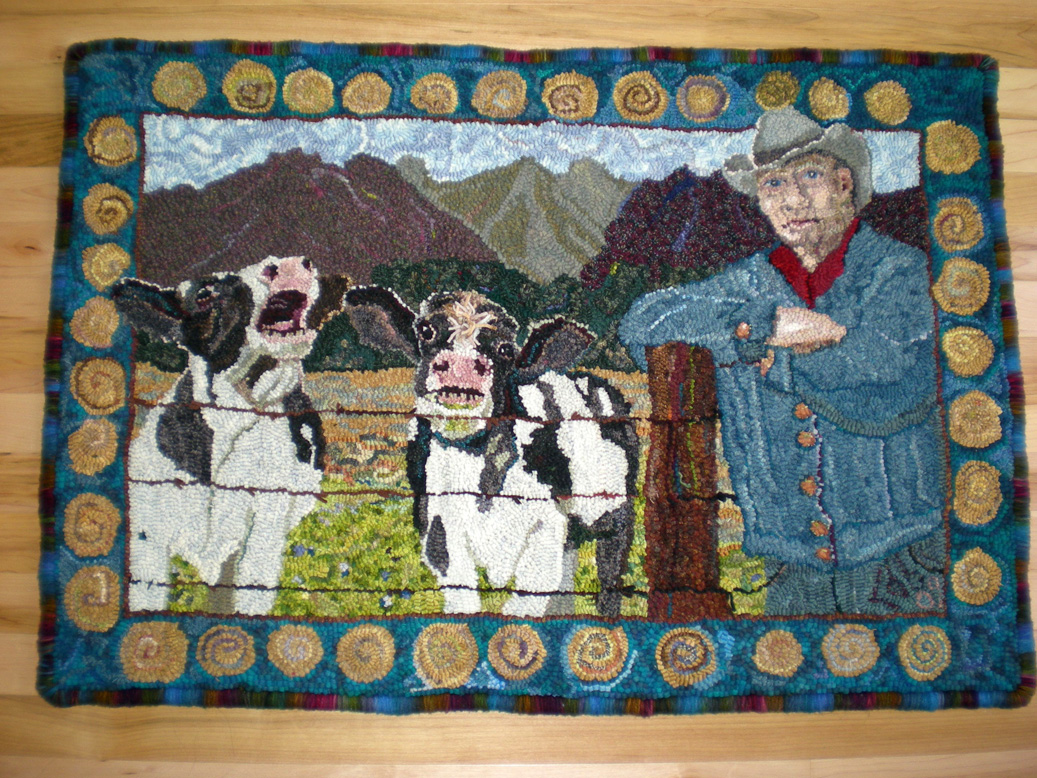
Creativity
Hmmmm, WHERE does creativity come from? A keen sense of observation is the cornerstone to creativity. So many times we become immune to what is happening around us as we look through instead of thinking about and taking in. A sense of curiosity also goes hand in hand with creativity. Well, curiosity AND a sense of playfulness that allows for the mental exploration of ideas and a tactile exploration of materials.
What fun it is to play with concepts in the same way that you might play with clay. There is no end of possibility when you allow yourself the freedom to take an idea- expand it and play with it. These ideas can come from the most mundane observations of people around you, and all it takes is a little day dreaming to create an idea worth remembering.
For example, one day as I was out for a walk I saw a woman reaching for her child who was skipping away with a balloon. The commonality of such a scene became very interesting to me as It made me think of children beginning to move away from a parent . . . or a parent beginning to loosen the tight bond and allow the child a little more independence. As the scene evolved in my mind, so did the concept of freedom, independence, letting go. So how does such a generic scene become interesting enough to make it the subject of a piece of art? All it takes is a bit of contemplation. What if we advance the scene so the child was also letting loose of the balloon? Now we have two layers of the concept of letting go. I did a quick sketch of the mother releasing the child who was letting go of her balloon so that i could remember the concept later, when I had time to give it more thought.
Later on as I continued to think about this idea, it began to mature and take on even more layers. What if the mom was also letting go of something else? Ok, but what? What if she was letting go of some one else too? Now that would be three layers of the concept of letting go.
Good art loves mystery. There has to be something that draws the viewer into the scene - something that not only draws them in but also engages them so that they linger rather than moving on quickly to the next art work. The eye of the beholder- in art it is everything.
How do I portray this concept in such a way that it will make the viewer engage and stay engaged for more than just a few seconds?
Why add complexity, of course! Something that makes the viewer do a bit of visual and mental sleuthing. What if the mother is dressed in black and holding a flag? The flag and dress denotes a funeral or a passing. So what if she has an outstretched arm as if she is trying to hold on to something that is moving away from her? What if I create that something as a spirit and have it dressed as a soldier. Do you see how the layers begin to add up?
Now a viewer will see the red balloon and the child letting go of it. The mother is dressed in black and holding a flag. What does this mean? Where are they? What is the mother reaching for? Oh. . . . there is a spirit. . .a ghost. And he has a helmet and a uniform. . . .
You can see how the story evolves from the way the meaning of the work is revealed.
In another work, HE FEEDS US, a farmer is standing just beyond two bellering cattle. The concept came from a scene I happened upon when driving through my neighborhood. We do have a local farmer who raises two calves every year. He also tends a large garden on his property. The steer follow him around like puppies. One day he was out mending fence and those full grown steer were just crying out at him standing on the opposite side of the fence, just beyond their reach. So, in the art work to follow I portrayed the cattle with the idea of the cows calling for the farmer to feed them, compounded by the idea that the farmer also feeds us (meat, milk, vegetables).
These are just two examples of ways to allow an everyday scene to mature conceptually. As the layers add up the story becomes more interesting and engaging to your audience.
“Creativity exists in the present moment. You can’t find it anywhere else.” (Natalie Goldberg)

 RSS Feed
RSS Feed